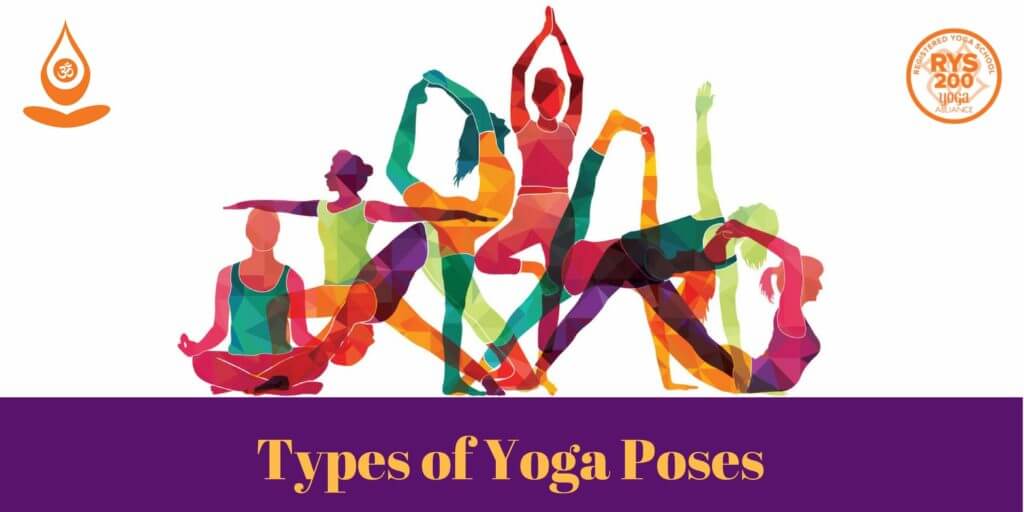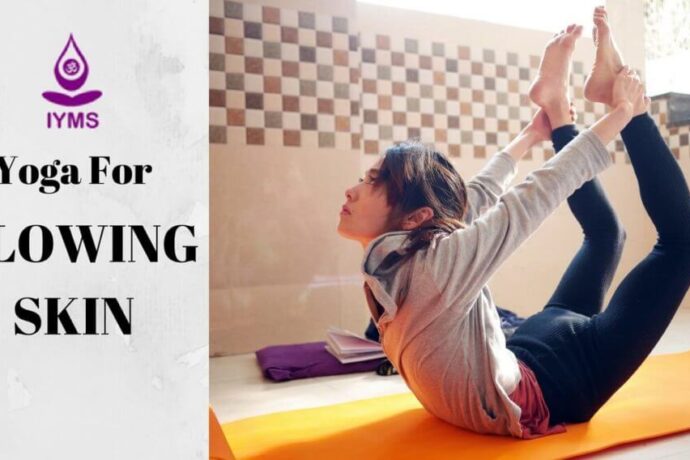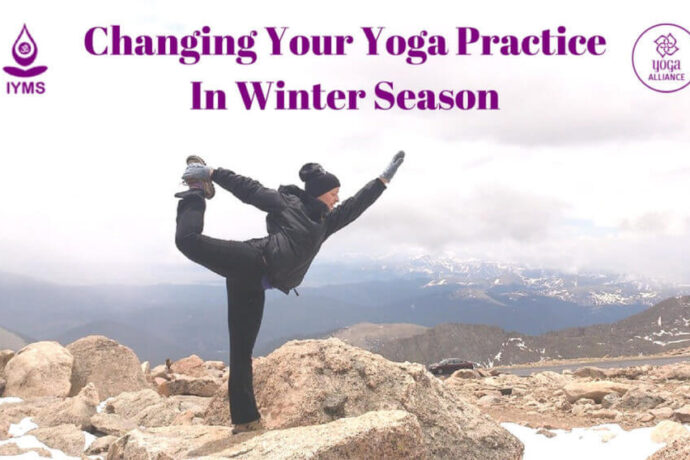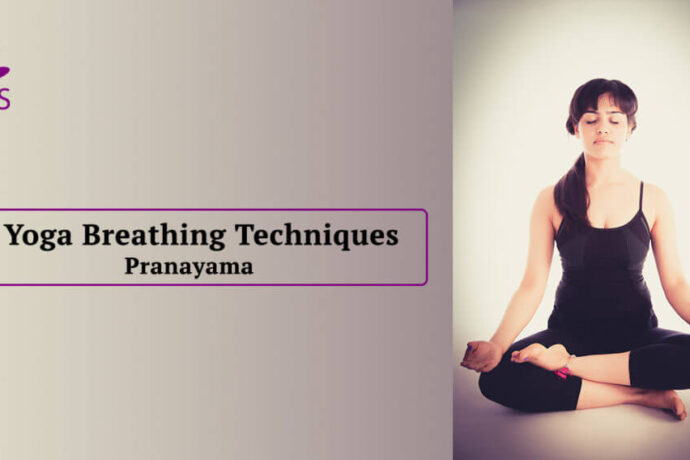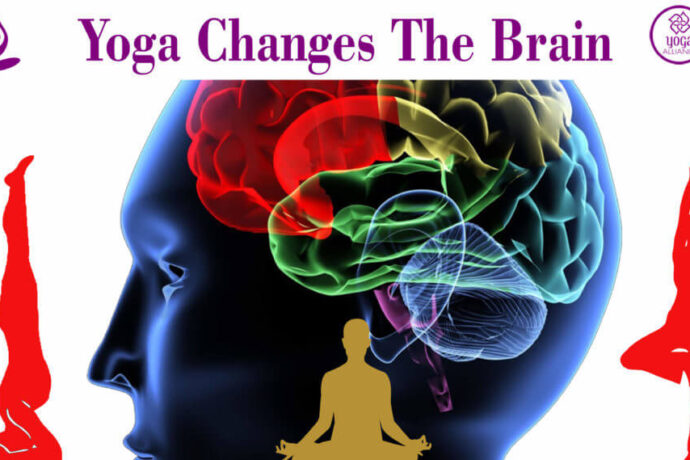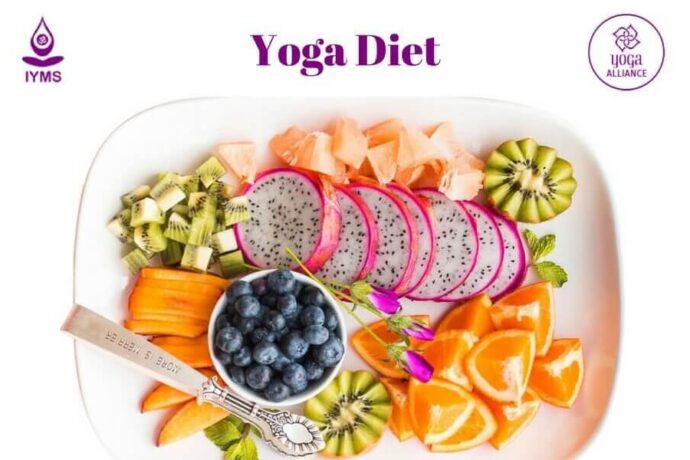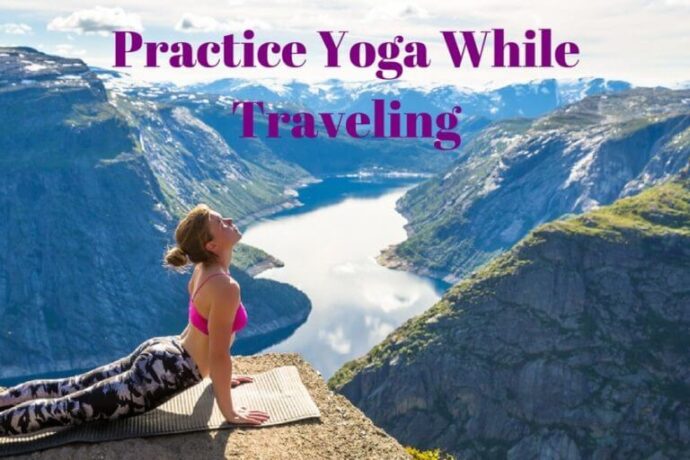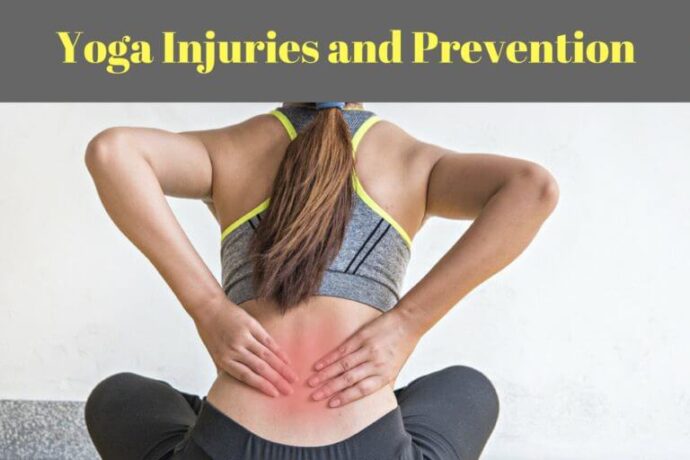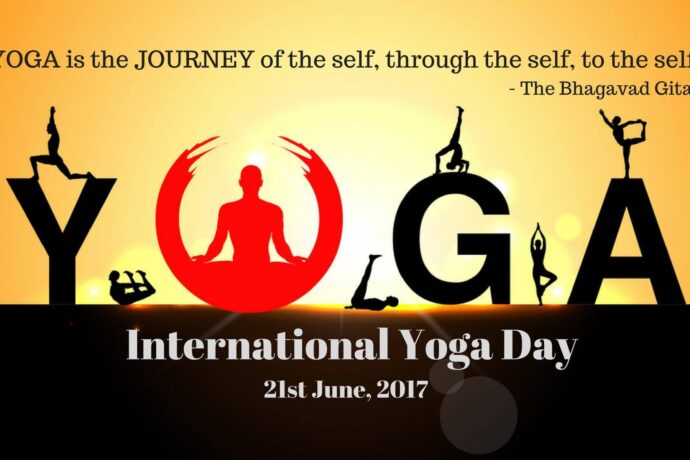Yoga may sometimes seem mystical, but the different types of yoga poses are rooted in many ancient texts that originated in the Indian sub-continent. There are many asanas in yoga, each meant for a different purpose. Some asanas are meant to help you build muscle, or perhaps stamina. Others are meant to provide succor to your body as well as mind.
There are several types of yoga postures, classified based on different criteria.
For example,
The Bow Pose (Dhanurasana) can be classified in multiple ways:
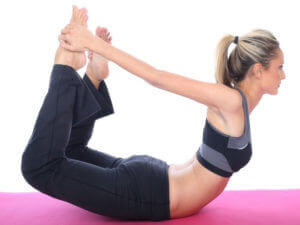
- Based on the type of yoga posture, the asana falls under backbend category.
- Judging by its level of difficulty, it would be put in the intermediate category.
- Depending on the position you have to be in to perform the asana, it would come in the prone position category.
- This pose could be called a stretching pose based on its application.
If you’ve been thinking to start yoga or doing it for a while now, but have no idea which yoga style is best for you, then read our blog about various types of yoga styles.
Take a look at the types of yoga poses based on various criteria. With this understanding, you could perhaps devise your own routine based on guidance from your yoga instructor.
Types of Yoga Poses
We have classified yoga postures based on following 4 criteria:
- Yoga Position
- Yogi/Yogini Level
- Application of Yoga Pose
- Preposition Required for Yoga Pose
Classification Based on Yoga Position
While there isn’t an authentic figure on just how many asanas exist, many of the known ones can be categorized based on their positions. There are following types of yoga positions:
- (a) Arm Balance Yoga Poses
- (b) Binding Yoga Poses
- (c) Core Yoga Poses
- (d) Twist Yoga Poses
- (e) Inversion Yoga Poses
- (f) Hip-Opening Yoga Poses
- (g) Forward Bend Yoga Poses
- (h) Backbend Yoga Poses
- (i) Sidebend Yoga Poses
(a) Arm Balance Yoga Poses
 While doing arm balance asanas, you support or balance your whole body with your arms.
While doing arm balance asanas, you support or balance your whole body with your arms.
As sedentary lifestyles become increasingly common, most people do not have much upper body strength required to do these poses. It’s difficult, but not impossible. So, spread your fingers in a star shape on the mat, and start small, but don’t give up.
You could start out with the Crocodile Pose (Makarasana) which mostly has you lying on your stomach with your elbows up to shoulder level.
You could then move on to more complex ones such as:
- Downward Facing Dog Pose (Adho Mukha Svanasana)
- Four-Limbed Staff Pose (Chaturanga Dandasana)
- Crane Pose (Bakasana)
- Crow Pose (Kakasana)
- Feathered Peacock Pose (Pincha Mayurasana).
- Holding a pose for longer builds both strength and stamina.
(b) Binding Yoga Poses
 According to the Hatha Yoga style, binding poses are those in which one part of the body is holding another, or when your limbs are intertwined.
According to the Hatha Yoga style, binding poses are those in which one part of the body is holding another, or when your limbs are intertwined.
Binding poses allow the body to get deep into the pose, stretching your body more, and for a longer time than other poses.
Binds are physically taxing, so make sure you get them right. Warm up well, by doing simple asanas that stretch your body before you begin to do binding poses. You could use props such as straps so that even if your arms aren’t linking through your knee behind your back, it’s ok.
Examples of Binding yoga poses are:
- Bound Extended Side Angle Pose (Utthita Parsvakonasana)
- Noose Pose (Pasasana)
- Sage Marichi I Pose (Marichyasana I)
- Sage Marichi II Pose (Marichyasana II)
(c) Core Strength Yoga Poses
 Some poses are specifically aimed at strengthening the core body. This comprises a range of muscles on the front, back and sides of your abdomen muscles.
Some poses are specifically aimed at strengthening the core body. This comprises a range of muscles on the front, back and sides of your abdomen muscles.
One of the simplest core yoga poses is the Staff Pose (Dandasana): all you have to do is sit with your legs stretched out in front of you. Don’t let the pose’s simplicity fool you though. Sitting on the floor with your back erect and legs stretched out isn’t quite so easy.
Once you master this, you can move on to tougher asanas such as:
- Tiger Pose (Vyaghrasana)
- Boat Pose (Paripurna Navasana)
- Plank Pose (Phalakasana)
- Side Plank Pose (Vasisthasana)
- Four-Limbed Staff Pose (Chaturanga Dandasana)
(d) Twist Yoga Poses
 Been slumping while at work for hours on end? Try straightening your back and sit erect and you will notice an immediate alertness.
Been slumping while at work for hours on end? Try straightening your back and sit erect and you will notice an immediate alertness.
Now imagine feeling like that all the time, and on an everyday basis. You can achieve this with twist poses.
What you basically do in a twist pose is move your shoulder so that it faces one side while your hips face the opposite side. Twist poses keep your spine well-oiled, making it more flexible, reducing pain and increasing movement. It can also help alleviate strain on the back accumulated through bad posture and hunching.
Some of these poses include:
- Prayer Twist Pose (Namaskar Parsvakonasana)
- Supine Spinal Twist Pose(Supta Matsyendrasana)
- Revolved Side Angle Pose (Parivrtta Parsvakonasana)
- Half Lord of the Fish Pose (Ardha Matsendrasana)
- Marichi Pose (Marichyasana)
- Noose Pose (Pasasana)
(e) Inversion Yoga Poses
 Inversions are tough to pull off as they require a certain skill level, stamina and focus to maintain balance.
Inversions are tough to pull off as they require a certain skill level, stamina and focus to maintain balance.
Several asanas, such as the Bridge Pose (Setu Bandhasana) and Downward Facing Dog Pose (Adho Mukha Svanasana), incorporate some level of inversion. You can opt for these if you’re still a beginner or if an instructor isn’t around to give you directions.
Inversions increase blood flow to the brain, and are beneficial to cleaning up your circulatory system. Full inversions such as the Headstand (Sirsasana) and Shoulderstand (Sarvangasana), help improve focus and core body strength.
(f) Hip-Opening Yoga Poses
 Believe it or not, if your hips lack exercise, they do not absorb their share of your body’s weight. This puts excess pressure on your spine, and can cause pain.
Believe it or not, if your hips lack exercise, they do not absorb their share of your body’s weight. This puts excess pressure on your spine, and can cause pain.
To ensure your hips pull their share of body weight, you can include hip-opening poses in your daily routine.
Hip-openers can be tricky if you don’t know what you’re doing. You can end up exerting pressure on your joints as you stretch.
Beginners can start with poses like:
- Happy Baby Pose (Ananda Balasana)
- Extended Leg Squat Pose (Utthita Malasana)
- Balancing Bound Angle Pose (Dandayamna Baddha Konasana)
- Supine Pigeon Pose (Supta Kapotasna)
After beginners poses you can try following intermediate poses:
- Garland Pose (Malasana)
- Tortoise Pose (Kurmasana)
The Pigeon Pose (Kapotasana) and Monkey Pose (Hanumanasana) are two of the most challenging asanas one can do.
(g) Forward Bend Yoga Poses
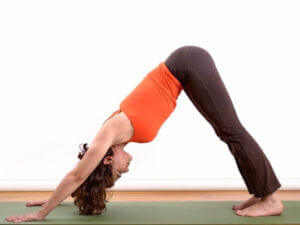 These poses help make your joints more elastic and flexible while also working on your abdomen.
These poses help make your joints more elastic and flexible while also working on your abdomen.
They also stretch the hips, calves, knees, thighs, and spine.
Forward bends can be a great way for office workers to loosen up and work out the tightness in their backs, necks, and shoulders.
Some forward bend poses include:
- Child Pose (Balasana)
- Seated Forward Bend (Paschimottanasna)
- Standing Forward Bend Pose (Uttanasana)
- Intense Side Stretch Pose (Parsvottonasana)
- Warrior Seal Pose (Virabhadra Mudra)
- Standing Head-to-Knee Pose (Dandayamana Janu Sirsasana)
(h) Backbend Yoga Poses
 Also called chest-opening poses, these vary in rigorousness and can leave you feeling exhilarated. They loosen up your chest, shoulders, and neck, which are often stiff, thanks to sedentary lifestyles and the stress of everyday living.
Also called chest-opening poses, these vary in rigorousness and can leave you feeling exhilarated. They loosen up your chest, shoulders, and neck, which are often stiff, thanks to sedentary lifestyles and the stress of everyday living.
You can work in backbends in between core body poses and forward bends so that you avoid straining your back.
Backbends poses can be complex and may require an instructor to show you where your body must experience the stretch. For instance, if you don’t know how to do the Fish Pose (Matsyasana) you might end up with a neck injury.
Also, some of these poses might aggravate existing conditions such as lower back pain. But some easy poses, such as the Cat Pose (Marjariasana), could be very relaxing for the spine and stomach area while the Bow pose (Dhanurasana) could make you aware of every muscle in your body.
Pregnant women need to be careful about which poses they perform.
Few more example of backbend poses are:
- Bridge pose (Setu Bandhasana)
- Camel Pose (Ustrasana)
- Cobra Pose (Bhujangasana)
- Dancer Pose (Natarajasana)
(i) Sidebend Yoga Poses
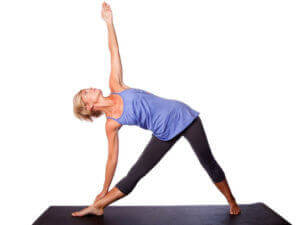 Most people are used to bending forward, and to an extent backward. But bending sideways is something we rarely do, and can be tricky when you do it in a yoga pose.
Most people are used to bending forward, and to an extent backward. But bending sideways is something we rarely do, and can be tricky when you do it in a yoga pose.
Sidebends are crucial to all-round fitness, especially the muscles between your ribs.
The sidebends poses are often part of other asanas not specifically aimed at these muscles. Sidebends can also be tricky for beginners.
Asanas such as Gate Pose (Parighasana), Revolved Head-to-Knee Pose (Parivrrta Janu Sirsasana), Extended Triangle Pose (Utthita Trikonasana), work on both the sides of your upper body as well as your lower body.
Since sidebends require a greater sense of balance, those with dizziness or low blood pressure must avoid these poses.
Classification Based on Yogi/Yogini Level
You need to learn how to walk before you can run. With yoga, you need to get your basics right. Allow your body to get used to stretching, so that it eventually achieves its full potential.
The different types of yoga exercises are classified into following 3 categories depending on their level of difficulty:
- (a) Beginner Level
- (b) Intermediate Level
- (c) Advanced Level
(a) Beginner Level
 As a beginner, start with basic asanas. Don’t push your body to do more than it can handle.
As a beginner, start with basic asanas. Don’t push your body to do more than it can handle.
For instance, while starting out with the Boat Pose, you may initially not be able to lift your legs more than a couple of centimeters off the floor. Time will loosen up your body enough to achieve the 45-degree angle your feet are supposed to be in.
Yoga positions for beginners include:
- Mountain Pose (Tadasana)
- Bridge Pose (Setu Bandhasana)
- Cat Pose (Marjariasana)
- Chair Pose (Utkatasana)
- Cobra Pose (Bhujangasana)
- Crocodile Pose (Makarasana)
- Downward Facing Dog Pose (Adho mukha śvānāsana)
- Goddess Pose (Utkata Konasana)
(b) Intermediate Level
 Once you master the basic stretches and movements, you can handle more complex asanas which incorporate backbends, sidebends and binds.Asanas of intermediate level require more strength and flexibility than beginner level poses.
Once you master the basic stretches and movements, you can handle more complex asanas which incorporate backbends, sidebends and binds.Asanas of intermediate level require more strength and flexibility than beginner level poses.
Examples:
- Camel Pose (Ustrasana)
- Bow Pose (Dhanurasana)
- Cow Face Pose (Gomukhasana)
- Crow Pose (Bakasana)
- Dancer Pose (Natarajasana)
(c) Advanced Level
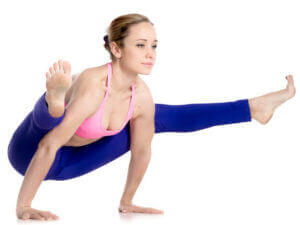 Advanced asanas require a lot of stamina and a good sense of balance. They also involve deep stretches of your limbs and back.
Advanced asanas require a lot of stamina and a good sense of balance. They also involve deep stretches of your limbs and back.
You can challenge your flexibility and strength with these poses.
Examples:
- Archer’s Pose (Akarna Dhanurasana)
- Bound Angle Headstand pose (Badha Kona Sirsasana)
- Compass pose (Parivrrta Surya Yantrasana)
- Dove pose (Vajraa Kapotasana)
- Feathered Peacock Pose (Pincha Mayurasana)
- Firefly pose (Tittibhasana)
Classification based on Application of Yoga Pose
Yoga poses can be classified into below mentioned 6 categories based on how the pose is applied to the mind and body to achieve certain goals:
- (a) Meditative Yoga Poses
- (b) Yoga Poses for Improving Health
- (c) Relaxing Yoga Poses
- (d) Strengthening Yoga Poses
- (e) Stretching Yoga Poses
- (f) Balancing Yoga Poses
(a) Meditative Yoga Poses
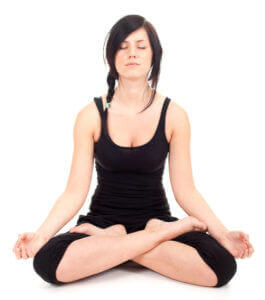 These are meant to bring your body into a position that is relaxed, yet controlled, so that you can focus on your breathing, which is key to meditation.
These are meant to bring your body into a position that is relaxed, yet controlled, so that you can focus on your breathing, which is key to meditation.
Some of the asanas which can be used for meditation include:
- Easy Pose (Sukhasana)
- Half Lotus Pose (Ardha Padmasana)
- Lotus Pose (Padmasana)
(b) Yoga Poses for Improving Health
 Specific yoga poses can be used to overcome certain kinds of pain (such as back pain and menstrual pain), and tackling lifestyle conditions such as obesity.
Specific yoga poses can be used to overcome certain kinds of pain (such as back pain and menstrual pain), and tackling lifestyle conditions such as obesity.
Certain yoga asanas can also be beneficial to pregnant women, by helping them improve their overall well-being.
Keep in mind that doing yoga to help with specific situations must always be done in consultation with a medical practitioner.
(c) Relaxing Yoga Poses
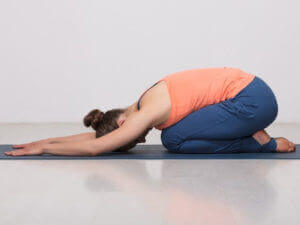 Also called restorative poses, these asanas are used to relax your body.
Also called restorative poses, these asanas are used to relax your body.
Often, they are alternated with strenuous poses so as not to over exert your muscles.
Such poses include Child’s Pose (Balasana) and Corpse pose (Savasana).
(d) Strengthening Yoga Poses
 These strengthen different parts of your body, and build muscle and stamina.
These strengthen different parts of your body, and build muscle and stamina.
For instance, the Crow pose builds upper body strength, especially in the arms.
(e) Stretching Yoga Poses
 Most asanas involve some amount of stretching or the other, but some are specifically aimed at stretching your muscles.
Most asanas involve some amount of stretching or the other, but some are specifically aimed at stretching your muscles.
These are often used to warm up before performing more complex poses.
One simple asana that can possibly exercise your whole body – in terms of both strength and stretching – is the Sun Salutation (Surya Namaskara). It incorporates stretching, back bends, forward bends, and stretches.
(f) Balancing Yoga Poses
 Achieving balance in your life or during your yoga routine isn’t easy. Especially when you’re trying to do advanced poses such as headstands.
Achieving balance in your life or during your yoga routine isn’t easy. Especially when you’re trying to do advanced poses such as headstands.
You do some balance poses on your feet and others on your hands, or even on your head.
Balance asanas are of varying degrees of difficulty and complexity, but all of them improve coordination and increase strength in different muscles.
Besides the physical benefits, balance poses bring equanimity to the mind as it blots out everything except maintaining that balance. Because if you get distracted, you just might fall.
Classification Based on Preposition Required For the Yoga Pose
All asanas require a position to start out from. Based on this preposition too, yoga poses can be classified into 4 categories:
- (a) Supine Yoga Poses
- (b) Prone Yoga Poses
- (c) Sitting Yoga Poses
- (d) Standing Yoga Poses
(a) Supine Yoga Poses
 A supine position is one in which you lie flat on your back to begin the asana.
A supine position is one in which you lie flat on your back to begin the asana.
Such poses are easy for people of all body types and also for people recovering from illness or injury.
Examples of supine yoga poses are:
- Wheel Pose (Chakrasana)
- Bridge Pose (Setu Bandhasana)
- Happy Baby Pose (Ananda Balasana)
- Supine Bound Angle Pose (Supta Baddha Konasana)
- Wind Reliving Pose (Pavana Muktasana)
- Plow Pose (Halasana)
- Wind Relieving pose (Pavanmuktasana)
- Double Leg Raise Pose (Uttanpadasana)
(b) Prone Yoga Poses
 While supine position asanas are easy on the body, asanas whose starting point is a prone position are physically taxing.
While supine position asanas are easy on the body, asanas whose starting point is a prone position are physically taxing.
The majority of prone position asanas are backbends which build core body strength and stamina as they are challenging to hold.
Here are some examples of prone yoga poses you can practice:
- Eight-linbed Pose (Ashtangasana)
- Four-limbed Staff Pose (Chaturangasana)
- Crocodile Pose (Makrasana)
- Locust Pose (Shalabhasana)
- Cobra Pose (Bhujangasana)
- Bow Pose (Dhanurasana)
(c) Sitting Yoga Poses
 Although sitting positions are most associated with meditation and pranayama, you can give your body a good workout with these poses.
Although sitting positions are most associated with meditation and pranayama, you can give your body a good workout with these poses.
They tone your stomach muscles, can help relieve lower back pain, and stretch the muscles of your body.
Examples of sitting yoga poses are:
- Hero (Virasana)
- Garland (Malasana)
- Upward Boat (Paripurna Navasana)
- Easy Pose (Sukhasana)
- Firelog (Agnistambhasana)
- Accomplished Pose (Siddhasana)
- Gracious Pose (Bhadrasana)
- Bound Angle Pose (Baddha Konasana)
- Prayer Squat (Namaskarasana)
- Lion Pose (Simhasana)
(d) Standing Yoga Poses
 Many yoga postures are standing asanas. These generally tend to be more strenuous than sitting or supine asanas as you remain on your feet.
Many yoga postures are standing asanas. These generally tend to be more strenuous than sitting or supine asanas as you remain on your feet.
Following are examples of standing yoga poses:
- Mountain Pose (Tadasana)
- Tree Pose (Vrikshasana)
- Dancer Pose (Natarajasana)
- Eagle Pose (Garudasana)
- Goddess Squat Pose (Utkata Konasana)
Conclusion
Now that you have the low down on the different types of yoga poses and what they can do for you, go ahead and set up your own yoga routine suited to your mental, spiritual and physical needs and goals.
